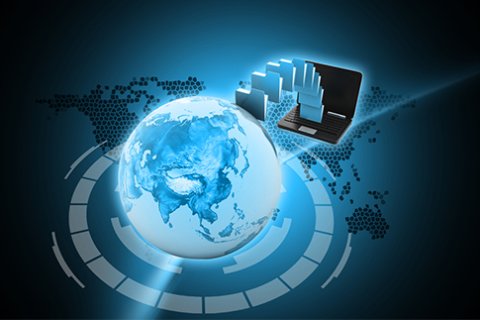Cybercrime Impacts National as well as Economic Security
If you’ve followed a news site, flipped a few newspaper pages, or channel surfed recently, cybercrime and the unfortunate financial and reputational impact of it has made the news over, and over, and unfortunately over again.
According to the National Security Agency, one of the fastest growing threats to our nation is the ones found in cyberspace with cybercriminals as the villans. Cybercrime not only poses grave danger to the U.S. national security stance, it also impacts economic security, where businesses large and small feel the impact. Cybercrime increases in sophistication and scope on a nearly daily basis, and so must defenses against it, as individuals, businesses, and governments grow ever more dependent on technology.
As the many news sources point out, the cost of cybercrime rises each year, to the tune of billions of dollars annually.
According to this article from TechJury:
- 30,000 websites are hacked around the world each day
- 64 percent of companies worldwide have faced at least one cyberattack
- In March 2021 alone, there were 20 million records breached
- Email is responsible for about 94 percent of all malware
- Every 39 seconds there is another attack on the web
Help Net Security also points out that ransomware spiked 150 percent in 2020 as hackers jumped on the opportunity given to them with so many organizations relying on workers remotely, and often outside the protection of corporate firewalls and other security measures.
Cybersecurity Threats Exist but Are Defendable
Despite the complexity and sophistication of cyberattacks, organizations can, and must, take measures to prevent their systems from being compromised. Organizations would be wise to focus on:
- Taking a strategic approach to spending for security, investing in both people and processes.
- Evaluating the security capabilities of third parties, such as secure file transfer vendors.
- Working with partners and other organizations on security and threat awareness.
- Mitigating insider threats:
- Improve employee training to deter behaviors that leave systems vulnerable.
- Implement robust security protocols for mobile devices and BYOD policies.
As one critical piece of a comprehensive security plan, organizations should implement secure managed file sharing tools that are centralized and easy for employees to use and are ones that uphold best practices for encryption and other data protection measures. Software that’s difficult to use and manage is software that does not get used, exposing your organization despite the best intentions.
MFT Adds to Security Defense Position
A managed file sharing (MFT) solution, such as Globalscape, uses administrative controls, supports security protocols such as HTTPS, SFTP, FTPS, and includes automation capabilities to help companies securely share the many types of valuable and sensitive data exchanged daily, including compliance-protected and high-volume data.
Business and the wheels of government need to keep turning, and it can get done with robust technology solutions designed to protect and restrict access to the sensitive data so valued by cyber criminals through administrative as well as security controls.
Globalscape’s secure file transfer solutions help put a barrier up against the growing threats to national and economic security for organizations large and small. Watch this on-demand webinar to learn more.
